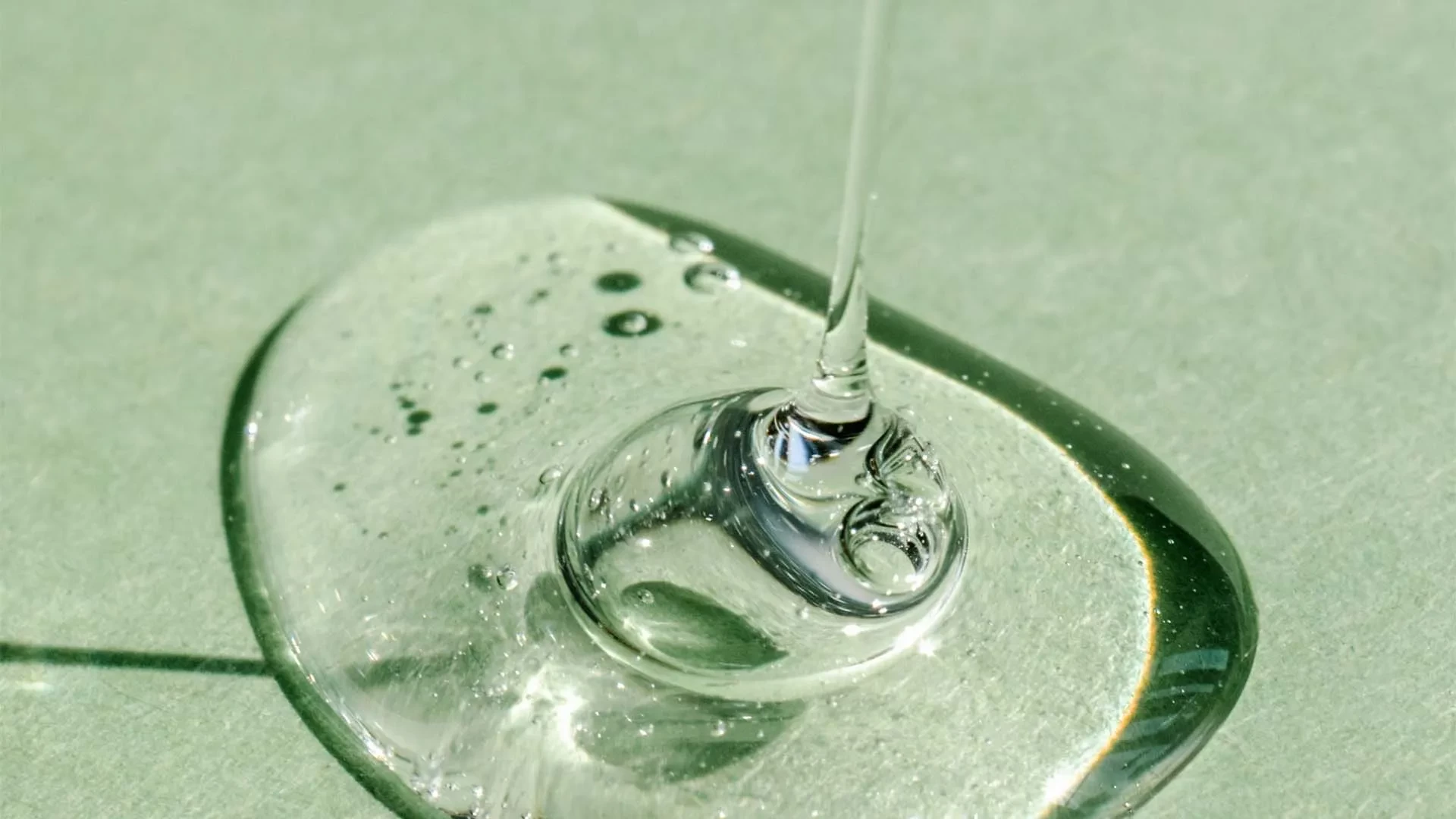

Acne Treatment for Oily Skin
Oily skin is one of the most acne-prone skin types due to excess oil (sebum) production and accumulation in the pores. This creates the perfect environment for bacteria to thrive, leading to pimples, blackheads, and whiteheads. Therefore, treating acne for oily skin requires a precise and comprehensive plan that includes cleansing, moisturizing, exfoliating, topical treatments, and lifestyle adjustments. In this article, we’ll take you through a detailed journey to understand the causes of acne in oily skin, the best ways to treat it, and essential tips to maintain clear and healthy skin.
What Causes Acne in Oily Skin?
Excess Sebum Production
Sebaceous glands in the skin produce sebum to hydrate and protect it. However, when sebum is overproduced, it accumulates in the pores, leading to blockages and acne breakouts.
Clogged Pores
When excess oil combines with dead skin cells and bacteria, it clogs the pores, causing inflammation that leads to blackheads, whiteheads, and pimples.
Hormonal Changes
Hormones play a major role, especially during puberty, menstrual cycles, pregnancy, or when using hormonal contraceptives, as they can stimulate the sebaceous glands.
Using Inappropriate Products
Using heavy makeup or moisturizers not suitable for oily skin may worsen the condition and clog pores.
Stress and Diet
Psychological stress and an unhealthy lifestyle—such as consuming excessive fatty and sugary foods—can trigger oil overproduction and acne flare-ups.
Skincare Routine for Oily Acne-Prone Skin
Daily Cleansing
Cleanse your skin twice daily with a gentle, oil-free cleanser formulated for oily skin. Ideally, it should contain ingredients like salicylic acid or benzoyl peroxide to clear pores and reduce inflammation.
Tips for choosing a cleanser:
Oil-free
Non-comedogenic
Contains antibacterial agents
Regular Exfoliation
Exfoliating helps remove dead skin cells that accumulate on the skin’s surface and contribute to clogged pores. Opt for chemical exfoliants containing alpha or beta hydroxy acids such as:
Salicylic acid
Glycolic acid
Lactic acid
Exfoliate no more than twice per week to avoid irritation.
Using a Pore-Tightening Toner
Toners help restore the skin’s pH balance, shrink pores, and reduce oil production. Choose toners with soothing ingredients like:
Rose water
Chamomile extract
Tea tree oil
Lightweight Moisturizing
Although oily skin produces natural oils, it still needs hydration. Use lightweight gel-based moisturizers with ingredients like:
-
Hyaluronic acid
-
Niacinamide
-
Aloe vera
Daily Sunscreen Application
Sun exposure without protection can worsen acne and lead to pigmentation. Choose a sunscreen specifically designed for oily skin—lightweight and oil-free.
Effective Acne Treatments for Oily Skin
Over-the-Counter Topical Creams
-
Benzoyl Peroxide: Helps kill bacteria and reduce inflammation.
-
Salicylic Acid: Exfoliates surface skin and unclogs pores.
-
Retinol: A Vitamin A derivative that promotes cell turnover and prevents pore blockage.
Prescription Topical Creams
-
Tretinoin: Effective for moderate to severe acne.
-
Clindamycin or Erythromycin: Topical antibiotics that reduce bacteria and inflammation.
Oral Treatments
For more advanced acne cases, dermatologists may prescribe:
-
Oral antibiotics such as doxycycline or minocycline
-
Birth control pills for women to regulate hormones
-
Isotretinoin (Accutane): A powerful treatment for severe acne, but it requires close medical supervision.
Natural Remedies for Acne in Oily Skin
While natural remedies are not substitutes for medical treatments, they can help support skin health and reduce inflammation.
Honey and Cinnamon Mask
Honey has antibacterial properties, while cinnamon is anti-inflammatory. Mix both ingredients and apply the mixture for 15 minutes, then rinse with warm water.
Aloe Vera Gel
Apply pure aloe vera gel directly to pimples to soothe the skin and reduce redness.
Tea Tree Oil
Dilute tea tree oil with a carrier oil like jojoba oil, and apply to blemishes using a cotton swab. It has antimicrobial and antiseptic properties.
Top Tips to Prevent Acne Worsening
Avoid touching your face with dirty hands
Never pop pimples to prevent scarring
Wash your pillowcases regular
Disinfect your phone freque
Cut down on greasy and sugary foods
Drink plenty of water to keep your body and skin hydrat
Lifestyle and Its Impact on Acne
Nutrition
A balanced diet rich in vegetables, fruits, and proteins can significantly improve skin health. Try to avoid excess dairy products and high glycemic foods.
Sleep
Lack of sleep increases stress, which boosts cortisol production—a hormone that worsens acne. Aim for 7 to 8 hours of quality sleep daily.
Exercise
Regular physical activity boosts blood circulation and helps detoxify the skin from within. Just remember to shower right after workouts to avoid sweat and bacteria buildup.
When to See a Dermatologist?
If breakouts persist despite a consistent skincare routine or if the condition is severe and leaves scars, it's best to consult a dermatologist. Seek professional help in the following cases:
Severe or cystic acne
Acne spreading to the back or chest
Persistent pigmentation or scarring
No improvement after 3 months of at-home
Frequently Asked Questions About Acne Treatment for Oily Skin
Can acne be permanently cured?
Acne can be controlled and prevented with a proper routine and effective treatments. However, some cases may recur due to hormonal fluctuations or lifestyle factors.
Is regular soap suitable for oily skin?
No. Regular soap may disrupt the skin’s natural oil balance and cause excessive dryness, prompting more oil production. Use a cleanser made for oily skin instead.
Does makeup cause acne?
If the makeup is not suitable for oily skin or not properly removed, it can clog pores and cause breakouts. Use lightweight, non-comedogenic makeup products.
How long does it take to treat acne?
Treatment duration varies based on acne severity and the chosen method, but results are typically noticeable within 4 to 12 weeks. Consistency is key for effective results.
Conclusion
Treating acne for oily skin requires a deep understanding of your skin’s needs, the right products, and a healthy lifestyle. There’s no magic solution, but with patience and commitment, achieving clear and radiant skin is very possible. Don’t hesitate to seek professional help when needed—because the right treatment starts with the right step.
News & Related Articles




